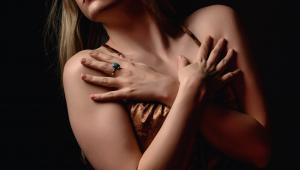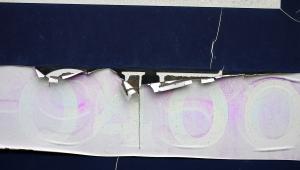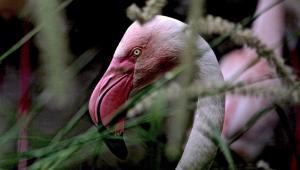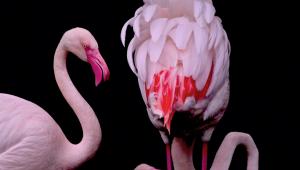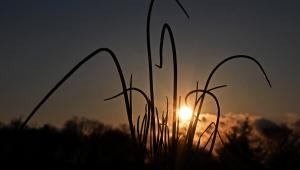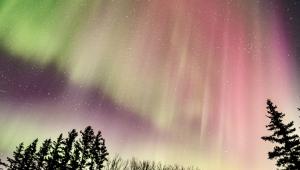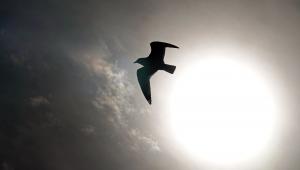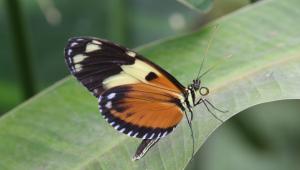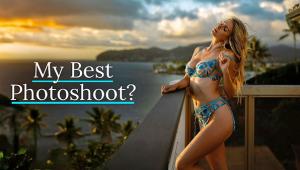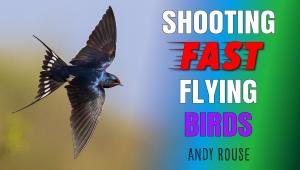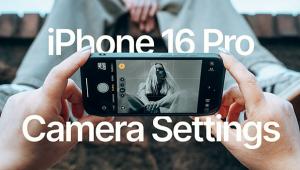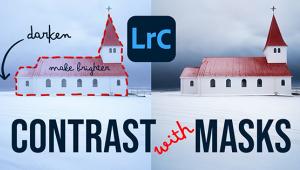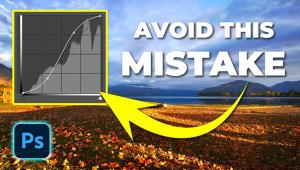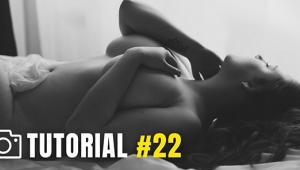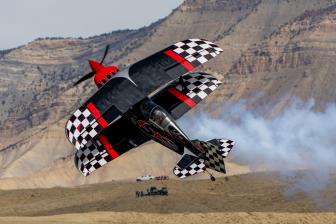Fast Fixed Focal Length Lenses; Sigma’s 30mm f/1.4 EX DC HSM And 50mm f/1.4 EX DG HSM Page 2
Performance: During testing, I found I could get many sharp photos at a 1⁄40 sec shutter speed when hand holding the equipment. After activating the camera’s SteadyShot stabilizer, I was able to do so at a 1⁄10 sec shutter speed. This allowed for shooting at an even lower ISO level in nighttime street photography and inside dark medieval buildings in Europe. Bracing the camera against a solid object provided some sharp pics at a shutter speed as long as 1⁄4 sec. Thanks to the stabilizer and an f/1.4 aperture, I never needed to use an ISO above 200 for low-light photography.
Images made with the Sony A350, with the APS-C format sensor, exhibit some visible darkening at the corners at wide apertures but that’s gone by f/4. This problem was also easy to solve in raw captures with the Lens Vignetting tool in Photoshop CS3 or CS4. Central sharpness is quite acceptable but the edges are obviously soft; for very best sharpness across the entire frame, I needed to use f/8. That’s a frequently used f/stop in daytime photography, but I was primarily trying to take advantage of the maximum aperture in low light. Barrel distortion (at any aperture) is slight and flare is very well controlled; even at f/1.4, there’s no indication of chromatic aberration (purple fringing).
Evaluation: When examining the best photos, I concluded that this 30mm lens is a fine performer overall but not competitive with the excellent 50mm model. My f/1.4 JPEGs needed more sharpening in post-processing. After some optimizing however, I was able to make very good letter-sized glossies from f/1.4 photos. Switching to f/5.6 to f/11 provided much better edge sharpness; the JPEGs produced 11x15” prints that look great as wall decor. When I used this DC lens with the full-frame 24.6-megapixel Sony A900, the images needed cropping so they were smaller, with 11-megapixel resolution. That’s plenty for many purposes, but the 30mm f/1.4 lens is not an ideal choice with a D-SLR using the 24x36mm sensor. That’s true with most lenses that were designed for cameras with a smaller sensor.
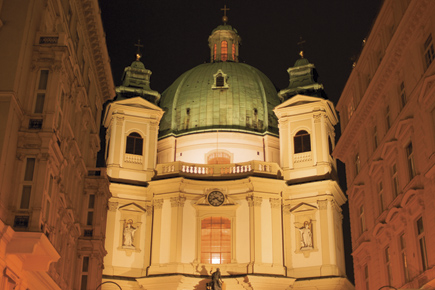 |
|
|
The Bottom Line
For the past several years, I have been shooting with zooms or slow macro lenses so working at f/1.4 proved to be a real eye-opener. I had forgotten that it was possible to shoot (handheld) in dark locations at low ISO settings and how convenient manual focus could be in low light. In fact, the primary challenge was finding scenes that were adequately dark to require f/1.4. That was particularly challenging when I tested the Sigma 30mm lens using a camera with a SteadyShot system. The combination of Image Stabilizer and f/1.4 allows for shooting handheld in unusually dark environments.
While most of my testing was done at f/1.4, there are some benefits to using a smaller aperture when that’s practical. Both lenses provide better image quality by f/2 and more extensive depth of field at much smaller apertures. And in brighter locations, switching to f/8 can provide the very finest image quality. Even so, a very fast lens should be of interest to anyone who prefers to make low-light photos without flash or a tripod. That’s certainly possible without resorting to a very high ISO level with either of these Sigma models. While neither is inexpensive, these rugged “normal” f/1.4 lenses offer good value in terms of their problem-solving ability in available light photography.
For more information, contact Sigma Corporation of America at: www.sigma-photo.com.
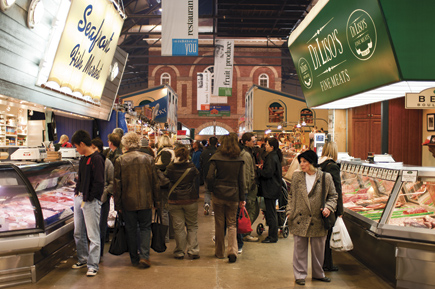 |
|
|
Firmware Update
Recently, Sigma announced a firmware update for the 50mm f/1.4 model, said to improve communication with D-SLR bodies equipped with a sensor-shift stabilizer. Additional information and downloads are available at: www.sigma-photo.co.jp/english/support/soft/firm/firm-dl.htm.
Technical Specifications
View Chart (870KB)
A long-time “Shutterbug” contributor, stock photographer Peter K. Burian (www.peterkburian.com) is the author of books such as “Mastering Digital Photography and Imaging” and a series of “Magic Lantern” guides to Pentax and Sony D-SLR cameras. He is also an online digital photography course instructor with BetterPhoto.com.
- Log in or register to post comments
